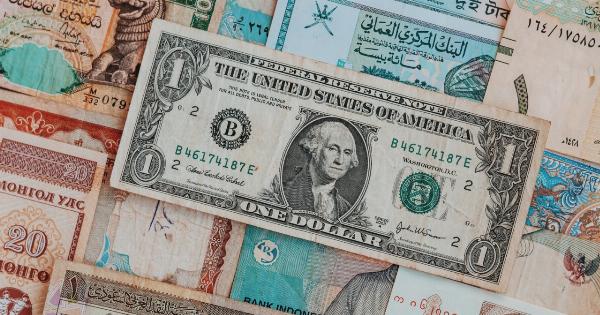Sex is a fundamental aspect of human life, playing a crucial role in reproduction and romantic relationships.
However, it is often intriguing to wonder about the sheer amount of time individuals spend engaging in sexual activities over the course of their lifespan. This article aims to analyze and delve into the various factors that influence the time spent on sexual activities by humans.
Factors Affecting Time Spent on Sex
The amount of time an individual spends on sex can be influenced by various factors, including:.
1. Age
Age is a significant determinant of the time spent on sex. It is natural that individuals in their prime reproductive years might engage in sexual activities more frequently.
The intensity and duration of sexual encounters may also vary across different age groups.
2. Relationship Status
The nature of an individual’s relationship can heavily impact the time spent on sex. Those in committed relationships or marriages tend to engage in regular sexual activities compared to individuals who are single or casually dating.
3. Health and Wellness
Physical and mental well-being play a crucial role in determining the time spent on sex. Individuals with good overall health and low stress levels are more likely to have a higher sex drive and engage in sexual activities more frequently.
4. Cultural and Religious Influences
Cultural and religious beliefs can significantly impact the time individuals spend on sex.
Societies with liberal attitudes towards sex might encourage individuals to explore their sexual desires more freely, while conservative societies may prioritize abstinence until marriage or discourage certain sexual practices.
5. Personal Choices and Priorities
Individuals have diverse sexual preferences and priorities. Some might prioritize their careers, hobbies, or other commitments over sex, resulting in less time spent on sexual activities.
6. Accessibility and Availability
The availability and accessibility of sexual partners can influence the amount of time spent on sex.
Individuals living in environments with a lack of potential partners, such as rural areas or limited social circles, might engage in sexual activities less frequently.
7. Technology and Media
The influence of technology and media on the time spent on sex is significant in modern times.
The prevalence of online dating apps and adult content can both contribute to increased or decreased sexual activities, depending on an individual’s choices and habits.
8. Relationship Satisfaction
The quality and satisfaction within a romantic or sexual relationship can impact the frequency and duration of sexual activities.
Individuals in satisfying relationships are likely to spend more time engaging in sexual activities compared to those experiencing relationship difficulties.
9. Life Events and Circumstances
Life events such as pregnancy, childbirth, illness, or stressful situations can temporarily affect the time spent on sex.
These events may either increase or decrease sexual activities depending on the individual’s physical and emotional well-being.
10. Personal and Societal Expectations
Societal expectations and personal beliefs regarding sex can have a major influence on the amount of time spent on sexual activities.
Different individuals may have diverse perspectives on the significance and role of sex in their lives, ultimately affecting their level of involvement.
Conclusion
The amount of time spent on sex in a human lifespan can vary significantly based on personal, social, and cultural factors.
Individual choices, relationship status, age, health, and societal expectations all play a role in determining the time individuals dedicate to sexual activities. It is important to respect and prioritize the choices and boundaries established by individuals, ensuring that consent and mutual satisfaction are always at the forefront of any sexual encounter.





























